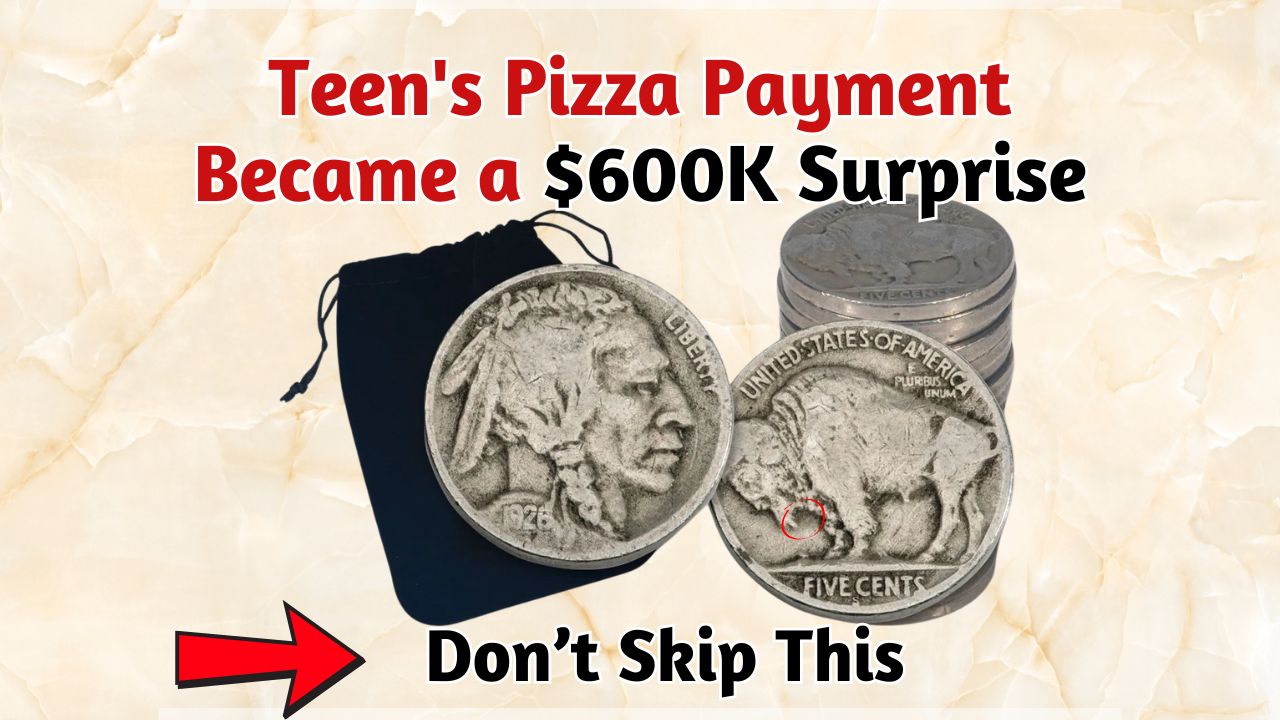In the esoteric world of numismatics, the clink of coins can echo with the promise of untold wealth. While bullion in gold or silver tends to draw mainstream attention, certain diminutive dimes and patriotic Bicentennial quarters have transcended their face values through scarcity, minting mishaps, and historical peculiarity. These monetary relics—some now appraised at life-altering sums—are more than collectibles; they are hidden keys to immense value.
Here unfolds a journey through eight extraordinary American coins whose aggregate valuation towers near $75 million.
1976 Bicentennial Quarter Beyond $20 Million
Crafted to commemorate America’s 200th year, the 1976 Bicentennial quarter showcases a Drummer Boy in mid-parade. However, a cryptic variant without a mint mark—and exhibiting a doubled obverse inscription—has catapulted in worth.
This anomaly occurred when proof planchets were mistakenly funneled into general production. Only a whispered handful—less than ten—are known to persist. One such specimen soared past the $20 million mark in auction. Indicators include shadowed duplication in “LIBERTY” and “IN GOD WE TRUST.” Should one surface in your spare change, treat it like a relic unearthed from myth.
1894-S Barber Dime Approaching $10 Million
Among the pantheon of numismatic rarities, the 1894-S Barber Dime occupies a throne. Originating from San Francisco with a cryptic issuance of only 24 coins, fewer than 10 have survived the annals of time.
Originally distributed among insiders and officials, this coin’s mystique compounds its value. A sale in 1990 fetched $2 million; contemporary valuations near $10 million for pristine examples. To possess such a dime is to cradle a whisper of American monetary lore.
1975 No-S Roosevelt Dime Exceeding $2 Million
This modern marvel draws its allure from absence—a missing “S” mint mark on a proof Roosevelt dime dated 1975. Only two such coins are officially cataloged.
Both emerged mistakenly within San Francisco proof sets, slipping past vigilant eyes. Their profound rarity has elevated them to the elite tier of error coins, now valued beyond $2 million. A meticulous inspection of any 1975 proof set could rewrite your financial story.
1968-S No-S Roosevelt Dime Estimated $500,000
Another ghostly imprint of a minting oversight, the 1968-S Roosevelt Dime mirrors its 1975 cousin in lacking the expected “S” identifier, despite being a proof strike.
While a few more of these exist—under 20 confirmed—their scarcity still renders them treasures. Top-condition examples can command $500,000 or more. Their rarity lies in the convergence of proof craftsmanship and the silence of an omitted mint mark.
1976-S Bicentennial Silver Proof Quarter Around $750,000
Forged as part of a celebratory trio, this silver-clad proof quarter was struck at the San Francisco Mint for collectors. High-grade versions exhibiting a deep cameo contrast—especially those graded PR70DCAM—are particularly prized.
One immaculate example fetched over $750,000. These radiant relics are often forgotten in dusty proof sets, waiting for rediscovery.
1942/1 Mercury Dime Worth $300,000
A serendipitous collision of timelines produced the 1942/1 Mercury Dime. A misstep in die preparation led to a visible overlap of the number “1” beneath the “2” in the date—a minting palimpsest.
This overdate error is visually evident and widely acknowledged among seasoned collectors. Entry-level specimens are valuable, but mint-state coins have achieved sales upward of $300,000.
1982 No-P Roosevelt Dime Surpassing $75,000
An understated but significant error emerged in 1982 when the Philadelphia Mint released dimes devoid of the traditional “P” mint mark. A few thousand were quietly released before the fault was discovered.
These mint anomalies have surfaced in circulation—coin rolls, cash registers, and even vending machines. In well-preserved conditions, they now bring over $75,000.
1916-D Mercury Dime Estimated $250,000+
In its inaugural year, the Mercury dime was minted in modest quantity at the Denver Mint—only 264,000 were released. The 1916-D has since become a pivotal piece in the Mercury series.
Lower grades fetch several thousand, but pristine versions—untouched by time or wear—have reached prices above $250,000. Identify this rarity by locating a small “D” nestled on the coin’s reverse side.
Comparative Value Table
| Coin Name | Estimated Value | Unique Feature | Quantity Known |
|---|---|---|---|
| 1976 Bicentennial Double Die | $20 Million+ | No mint mark, doubled die | < 10 |
| 1894-S Barber Dime | $10 Million | Limited mintage (24 total) | < 10 |
| 1975 No-S Roosevelt Dime | $2 Million+ | Missing “S” on proof coin | 2 |
| 1968-S No-S Roosevelt Dime | $500,000 | Proof coin, no mint mark | < 20 |
| 1976-S Silver Proof Quarter | $750,000 | Deep cameo proof | Rare |
| 1942/1 Mercury Dime | $300,000 | Overdate error | Several dozen |
| 1982 No-P Roosevelt Dime | $75,000+ | Missing “P” mint mark | Thousands |
| 1916-D Mercury Dime | $250,000+ | Low Denver mintage | Few thousand |
Conclusion
Amidst the jingle of everyday change may lie coins whose stories shimmer with untold value. Whether a minting miscue or a purposefully limited release, these tiny treasures narrate a saga of oversight, intent, and legacy. The eight coins cataloged above do more than shimmer—they promise fortune to the vigilant eye. Always check your change. The next revolutionary discovery could be resting quietly in your palm.
FAQs
How can I identify a rare dime or quarter?
Examine the year, mint mark, and any noticeable errors like doubled lettering or missing marks.
What makes the 1976 Bicentennial Quarter worth millions?
The rare version of the 1976 Bicentennial Quarter is missing a mint mark and shows a double die error on the obverse.
Can I still find valuable error coins in circulation?
Yes, while rare, some valuable error coins like the 1982 No-P Dime have been found in everyday change or bank rolls.
Should I clean a rare coin before selling it?
No. Cleaning a coin can damage its surface and significantly reduce its value.
Where is the best place to sell rare coins?
You can sell rare coins through auction houses like Heritage Auctions or Stack’s Bowers.













I have bicentennial quarters. 3 of them for sale